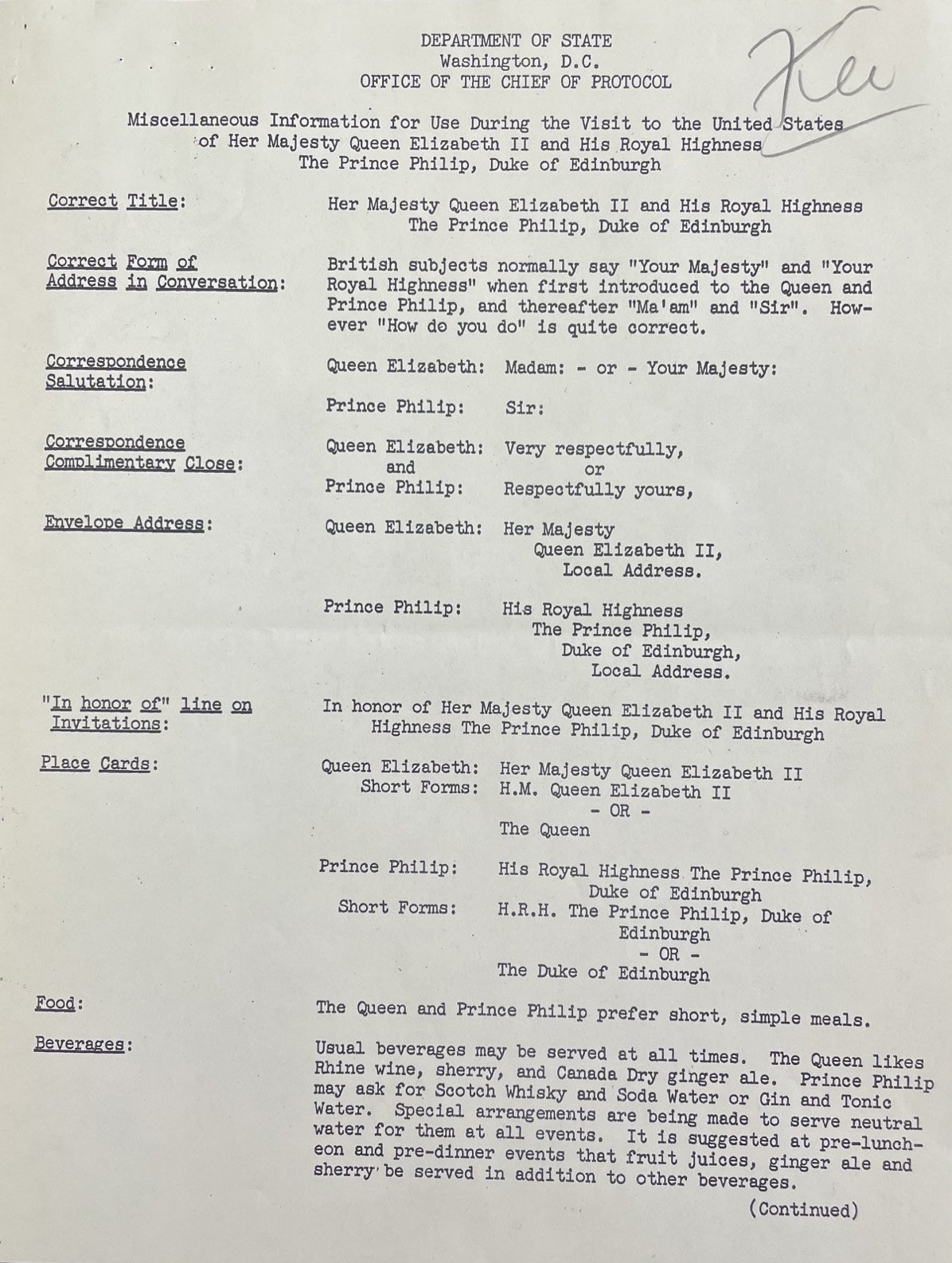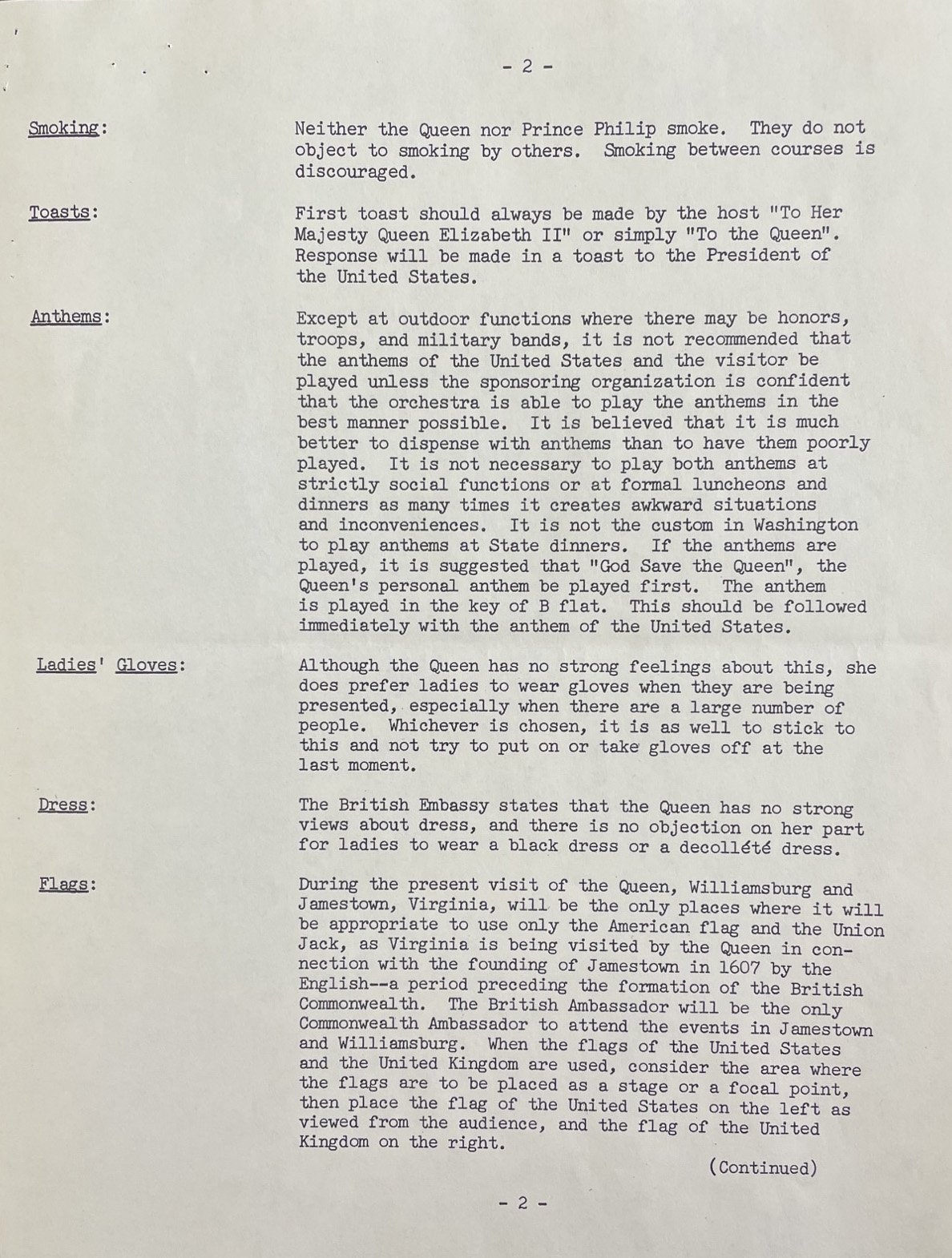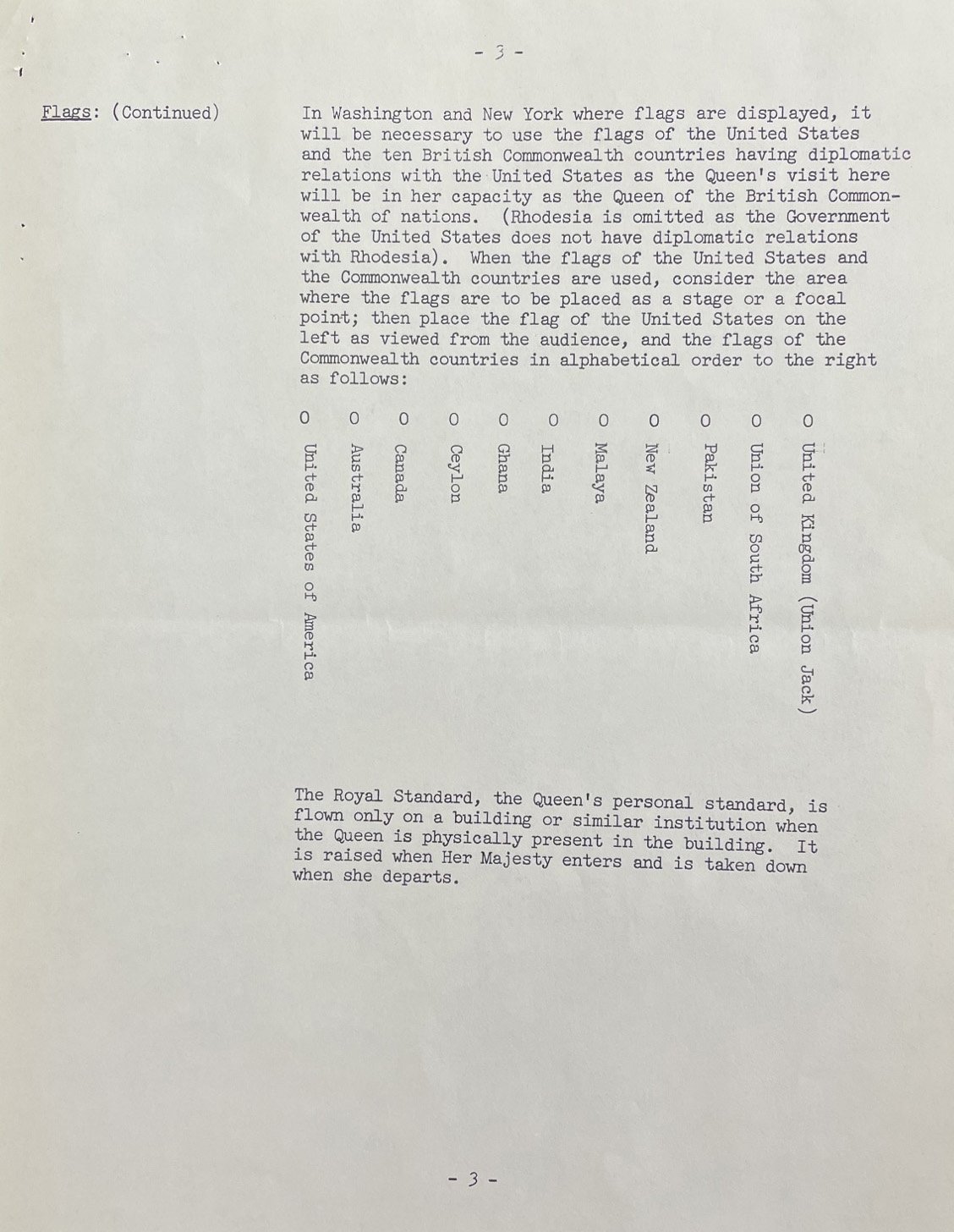On September 20, 2022, city, state, and national leaders, activists, scholars, clergy and community members convened at The Schomburg Center for Research in Black Culture to participate in a conference, “Conditions in Harlem Revisited: From the 1936 Mayor’s Commission Report to Today.”
Cover page, Mayors Commission on Harlem, Report, 1936. Mayor LaGuardia Collection. NYC Municipal Archives
To the People of New York - Mayor LaGuardia statement, March 20, 1935. Mayor LaGuardia Collection. NYC Municipal Archives
The conference coincided with release of the 1936 Mayor’s Commission on Harlem Report. The complete text of the report is now available online.
Mayor Fiorello LaGuardia commissioned a review of neighborhood conditions in the wake of civil unrest in Harlem during March 1935. Although the report had been published at the time by the New York Amsterdam News, a Black-owned news outlet, the report itself was never officially released. The report was filed with Mayor LaGuardia’s papers which are now housed in the Municipal Archives.
The Mayor’s Commission on Conditions in Harlem consisted of ten high-profile New Yorkers who lived and worked in Harlem including poet, playwright and novelist Countee Cullen, Arthur Garfield Hays, founding member and general counsel of the American Civil Liberties Union, and A. Phillip Randolph, labor leader and head of the International Brotherhood of Sleeping Car Porters.
Six subcommittees—Justice, Education, Housing, Employment, Healthcare, and Social Services—held public hearings where one hundred and sixty witnesses testified. The Commission submitted the report to the Mayor on March 19, 1936. It vividly described conditions in Harlem: under-resourced schools, job discrimination, struggling hospitals, unsafe neighborhoods, unjust policing, inadequate healthcare services and housing that was dilapidated and too expensive; conditions still prevalent today.
Eighty-six years later, the day-long conference at Schomburg brought scholars, advocates, residents, and researchers together to address each of the six key focus areas from the 1936 report. Conference participants related the report to current-day concerns based on input from 62,000 New Yorkers through the NYC Speaks initiative. The top three concerns include public safety, employment and housing. When asked ‘How can the government make your neighborhood safe,’ Harlem residents said, ‘Build more affordable housing and reduce homelessness.’ Other solutions offered up by local residents included employment programs for justice-involved people, better pay for teachers, more accountability for law enforcement and rent stabilization. Young people asked for more mental health services in schools.
The 1936 report concluded that the “economic and social ills of Harlem which are deeply rooted in the very nature of our economic and social system,” could not be rapidly corrected. “Yet the Commission is convinced that, if the administration machinery set itself to prevent racial discrimination . . . the people of Harlem would at least not feel that their economic and social ills were form of racial persecution.”
Many of the conference speakers remarked on how the report read as if it could have been written today. Wallace L. Ford II, Professor of Public Administration, Medgar Edgars College, spoke during the Housing and Land Use session. “Here we are in 2022 and we have to ask ourselves, what has changed?” During the Healthcare and Environment sessions, Dr. Mary Bassett, Commissioner of the New York State Department of Health pointed to structural problems and solutions. “We have to start talking about the bricks and mortar of structural racism.”
Similarly, the panelists observed that the Commission’s recommendations—to promote equality through investments in decent housing, good education, excellent health care, among other basic goods —are still awaiting action. As Dr. Mary Bassett concluded, “We need political leadership,” to make meaningful change.
Closing out the conference, Deputy Mayor Sheena Wright gave this charge to the audience: “Eighty-six years from now, what will history say about what we did and what we were able to do in terms of making sure that there was social justice and equity for people of color here in the city of New York?”
Learn more about the 1935 events in Harlem and the LaGuardia Commission at the NYC Department of Records and Information Services.
View the Harlem Conditions project website to take a deeper dive into the subject and conference details.
Download a full program with bios for every speaker.
The conference was convened through collaboration by the Department of Records and Information Services, the New York University McSilver Institute for Poverty Policy and Research, the Schomburg Center for Research in Black Culture – New York Public Library, Vital City, NYC Speaks, and the Office of the Deputy Mayor for Strategic Initiatives.




